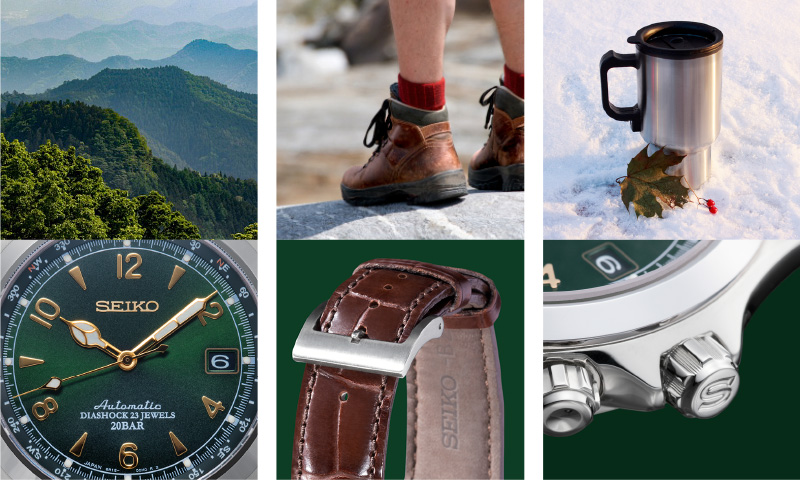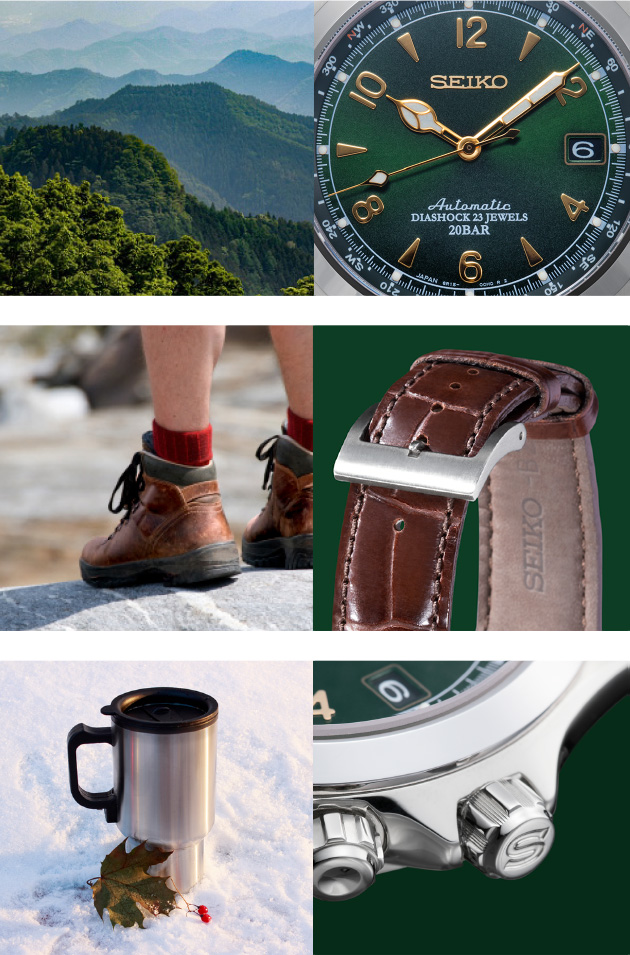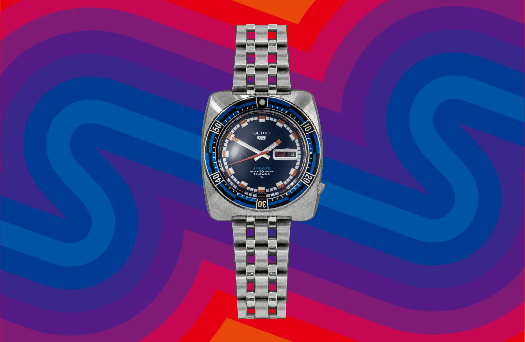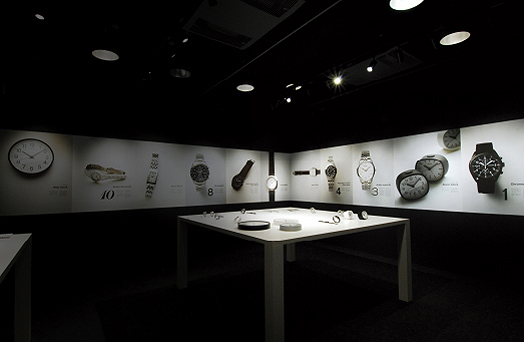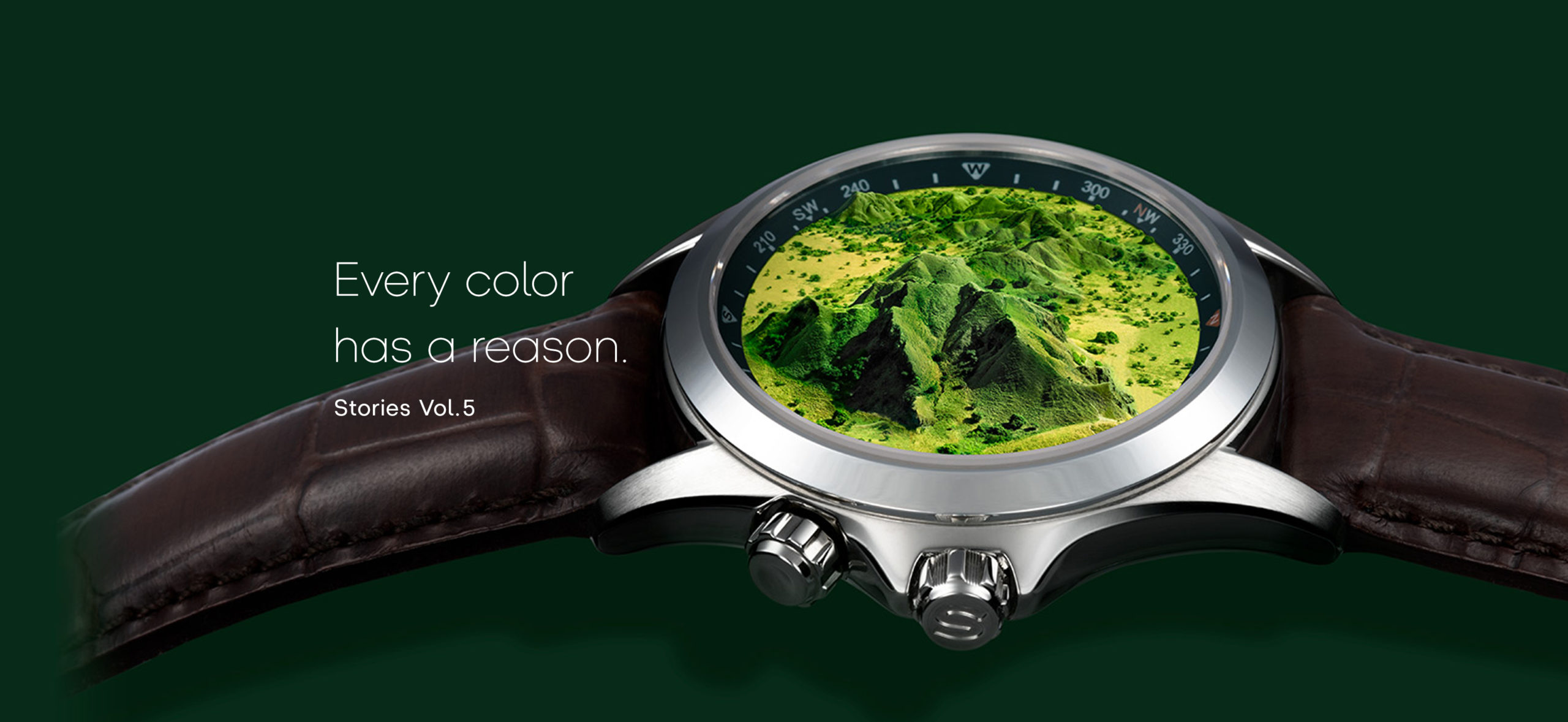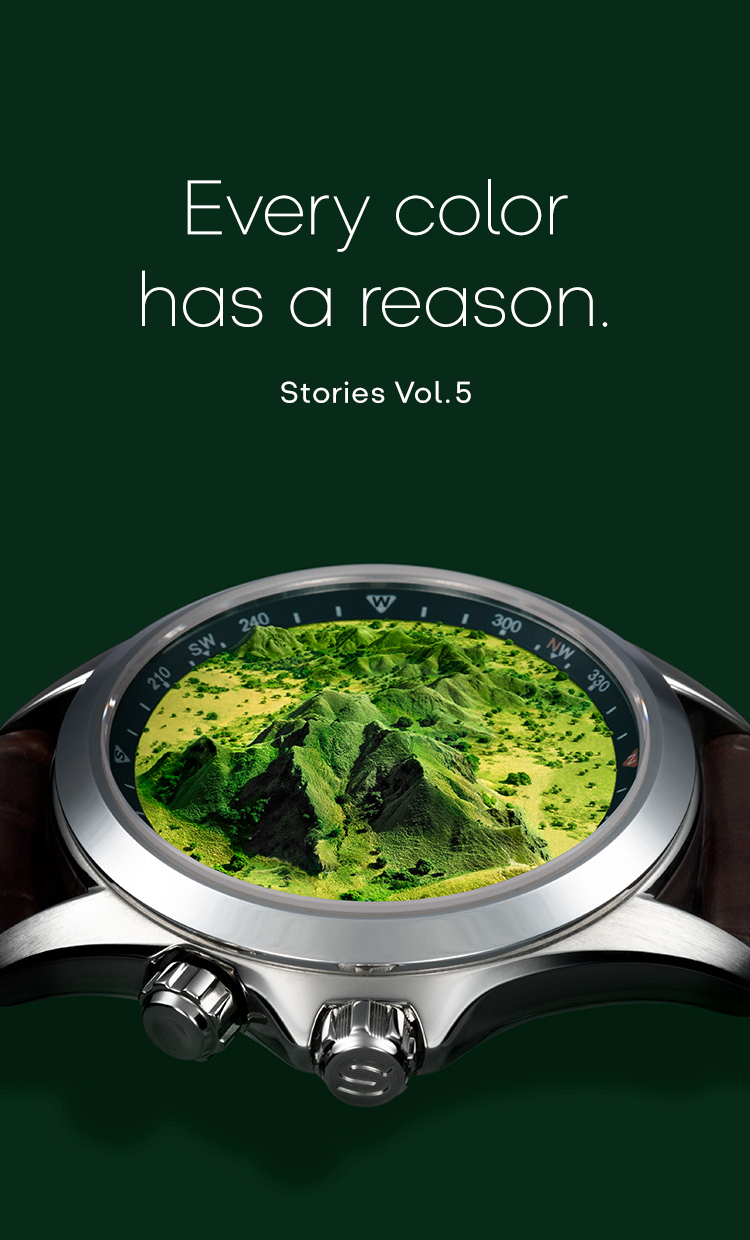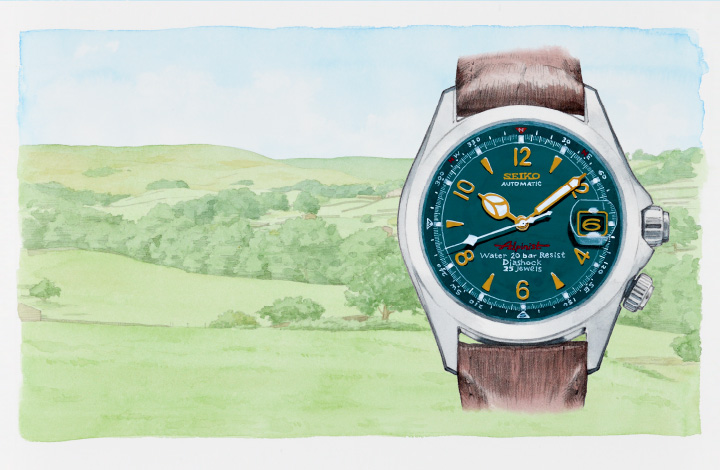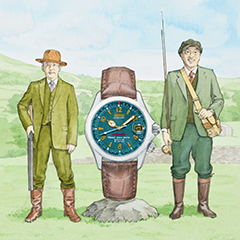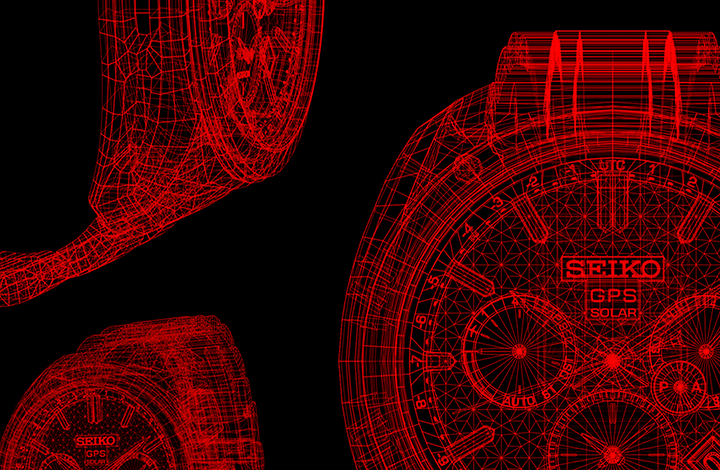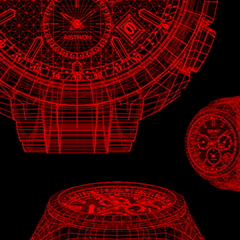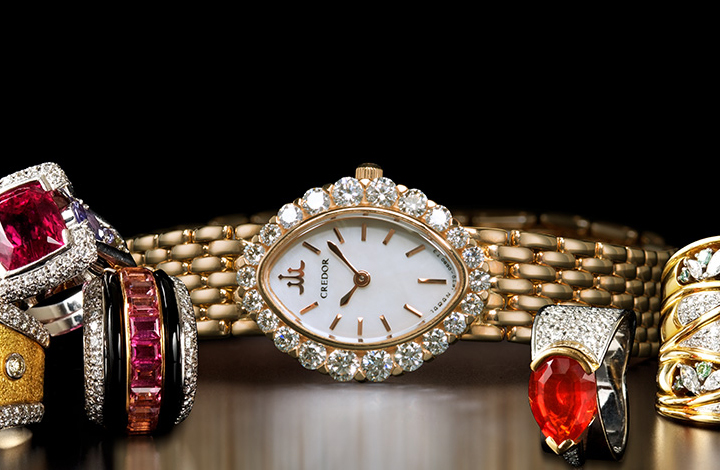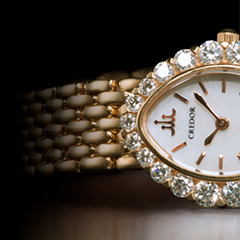Looking into why people in the Middle East are so attracted to the color “gold.”
This entire watch, the SNKE56K1, shines in gold—the dial, of course, but also the bracelet. This style of gold watch is popular in the Middle East and South Asia, and is seen as a bestseller.
The perception of gold among people of the Middle East is fundamentally different from that of the Japanese. In Japan the color of gold is seen as “the color of the rich” but in the Middle East stores that handle gold products are an ordinary part of the cityscape and a sight the local people are very familiar with. Gold is not seen as “the color of the rich” but as a color for all.
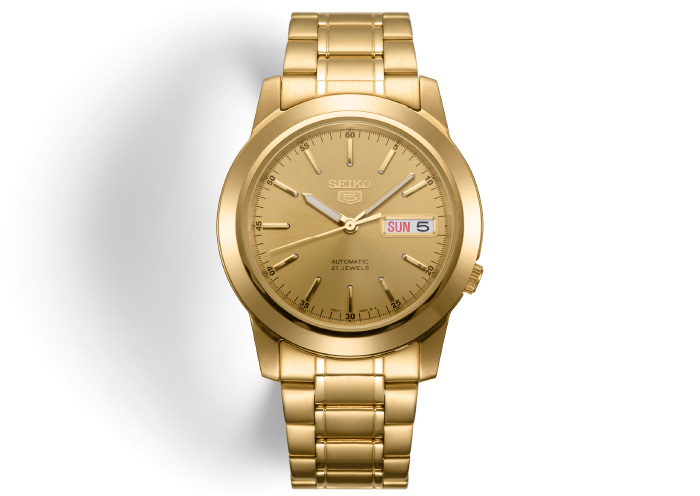
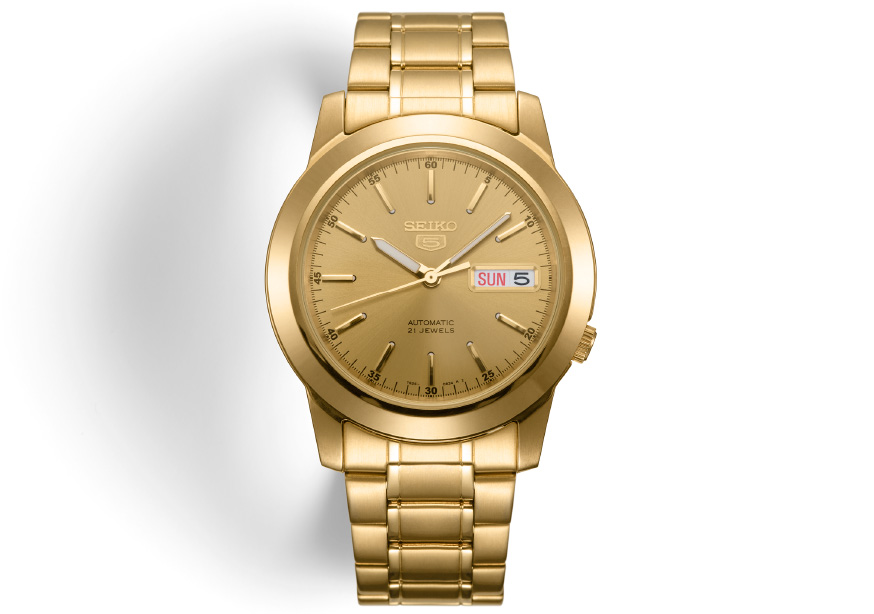
On the other hand, Europeans don’t like gold-colored items other than pure gold itself. They seem to believe that “only pure gold should be gold-colored.” So there are very few watches with the case, the dial, or the bracelet in gold. Watches with a gold-colored case, a silver dial, and a black crocodile leather bracelet—these are the European standard for gold watches.
From ancient times, generally people thought that there was a strong affinity between the Japanese and gold, even to the extent that the nation was referred to as “Japan, the Country of Gold.”
Despite this, gold watches do not sell very well in Japan. This is perhaps due to the fact that most Japanese, who attach a great deal of importance to humility, tend to shy away from anything that is strongly affiliated with “the new rich.”


The watch that defies the conventional belief that “green doesn’t sell.”
On the one hand we have the Alpinist watch for mountain climbers (SARB017). As you can see, the dial is a deep green color. To be honest, watches with green dials are hard to sell. Yet this green colored Alpinist is the one exception, and has been selling well right from its release more than 20 years ago.
If we analyze the design factors, we can see that the dial is green because this watch is made for mountain climbers for whom green symbolizes the forests. And because durability is also a prerequisite, the case is made of stainless steel. It has a brown leather bracelet to look good with clothes and shoes worn while trekking. Nothing about it seems particularly unconventional.
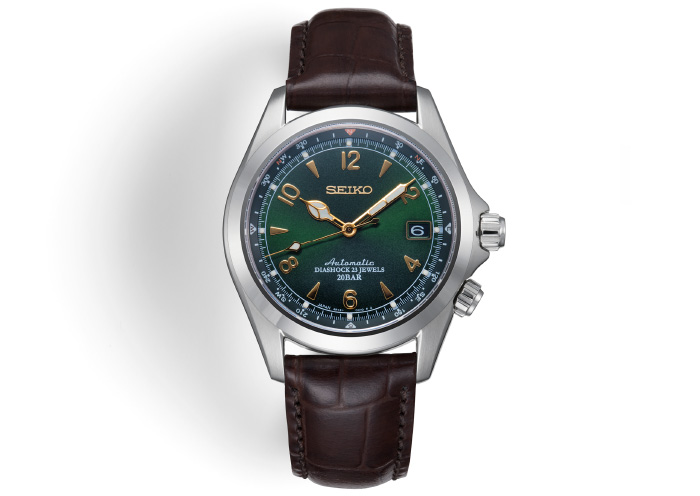
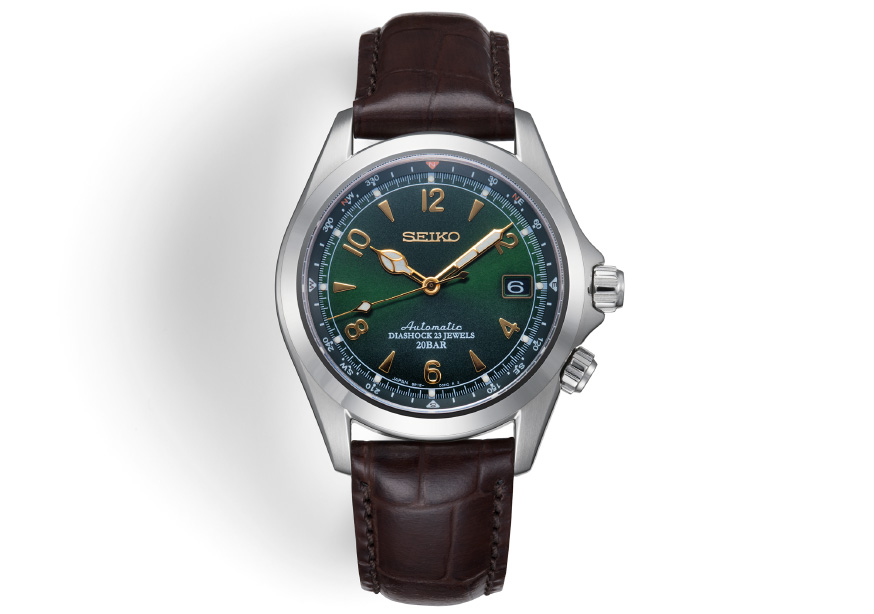
From a watch designer’s perspective, this watch, in addition to its green dial, is full of alluring charm, including things such as curiously shaped hands and unconventional gold coloring. These designer embellishments, seemingly very normal at first sight, are manifested into the very finest details, creating a watch of exceptional quality that is extraordinary in many ways, yet perfectly harmonized. Watches like this are very rare indeed, and I believe it continues to sell well because it has become a “one of a kind” item.
When the Alpinist first came out there were three types of dials—black, white, and green. But the black and white models, which had always been the most popular colors in the past, did not sell very well and disappeared from the market, with only the green model remaining. Since that time, even though there have been some minor modifications, there have been no major design changes and it still continues to sell well. It’s just that kind of watch, full of wonder and mystery.
For this reason there is no end to the trial and error testing conducted by designers involved in selecting the right watch color. Regardless of the generation, trying to get the right color piques our curiosity and makes us want to always continue exploring the unlimited possibilities that color has to offer.
